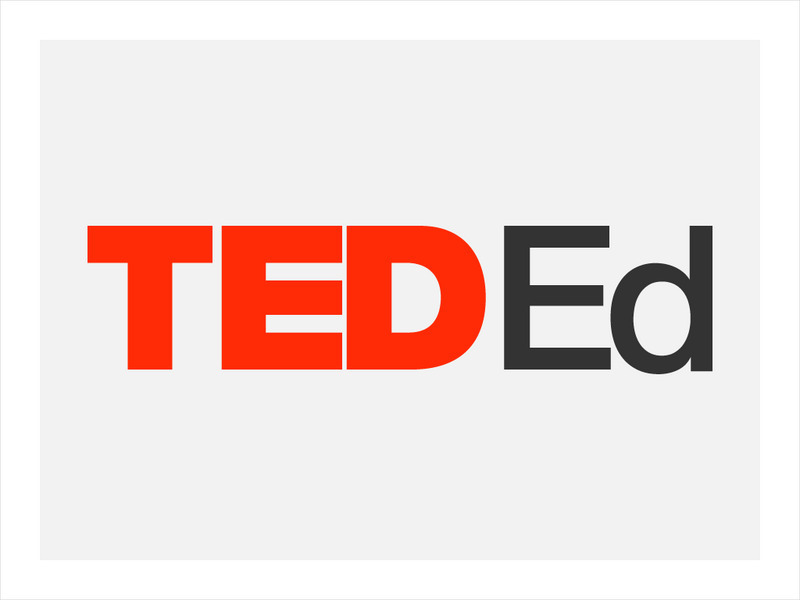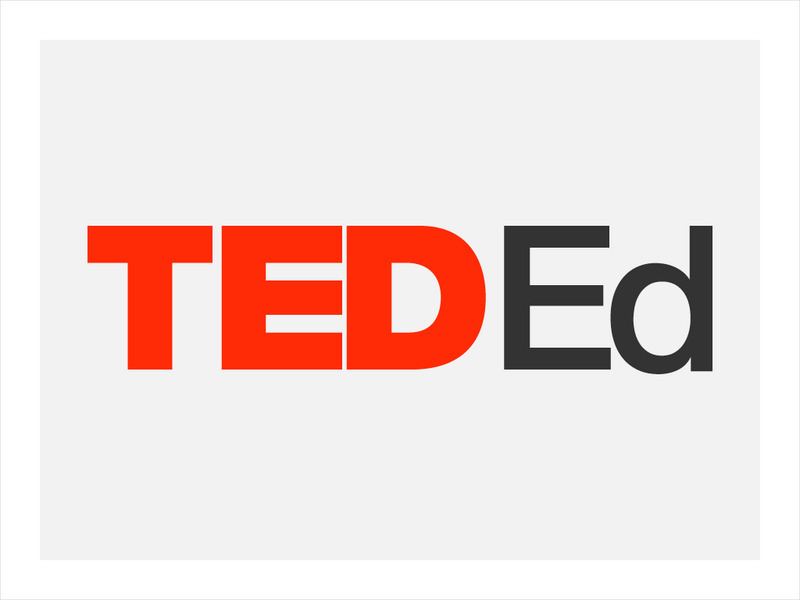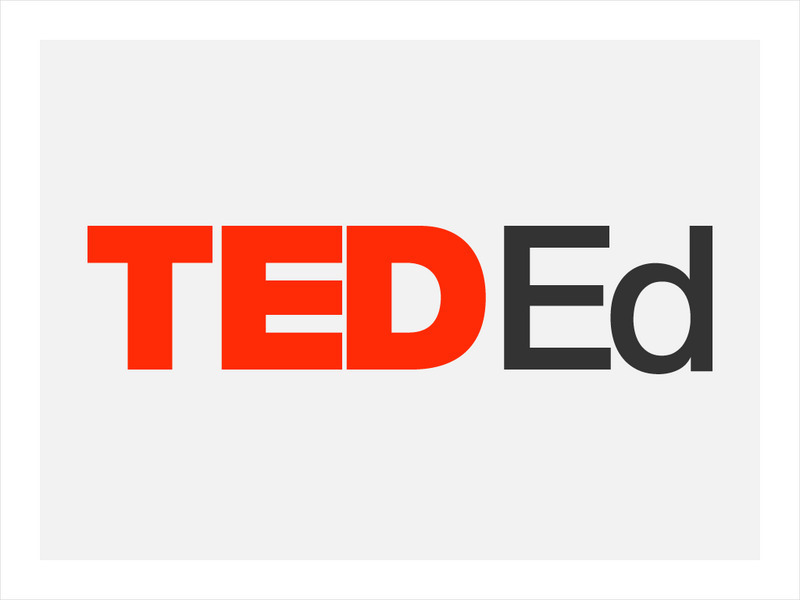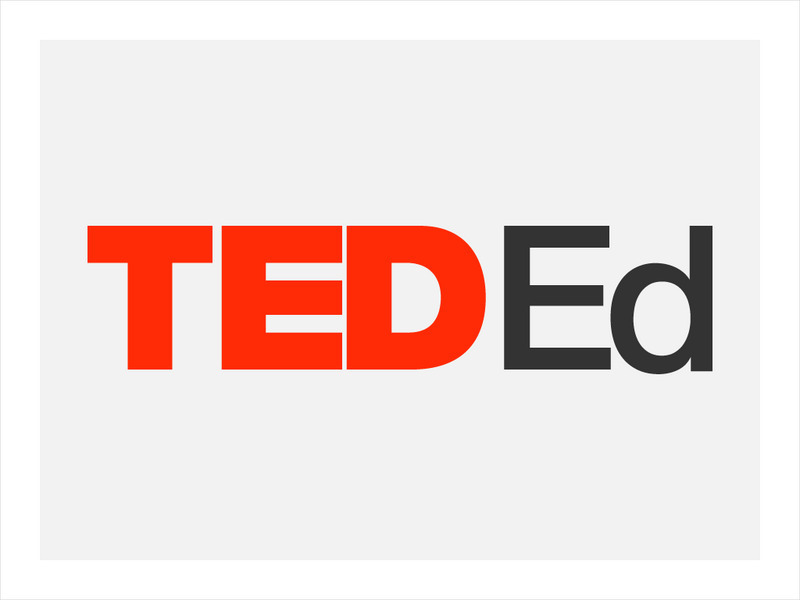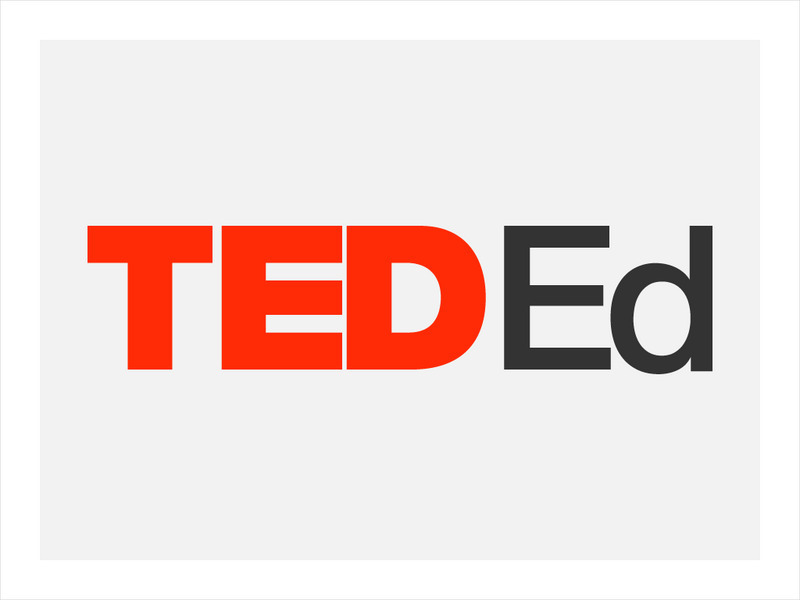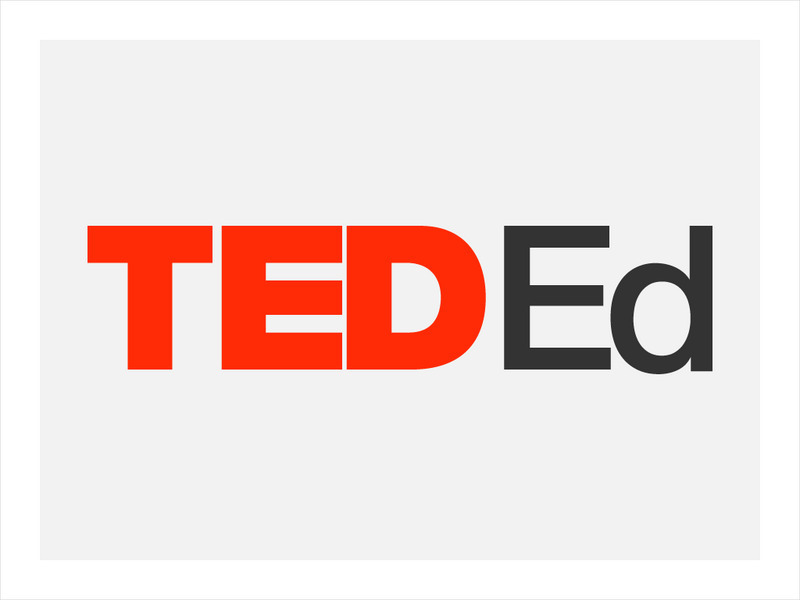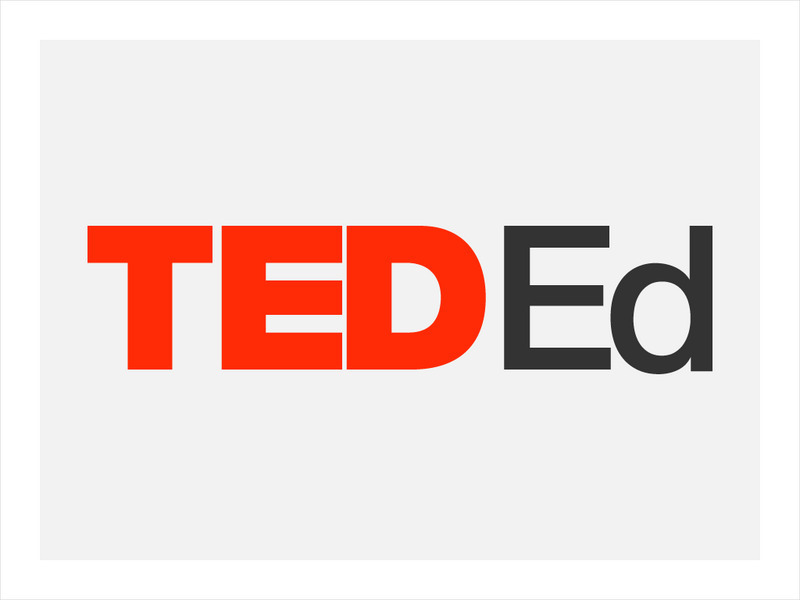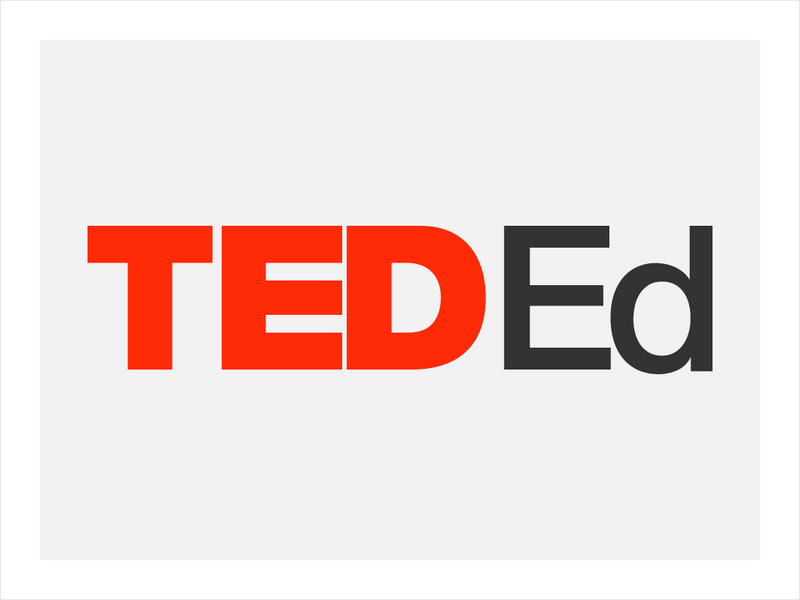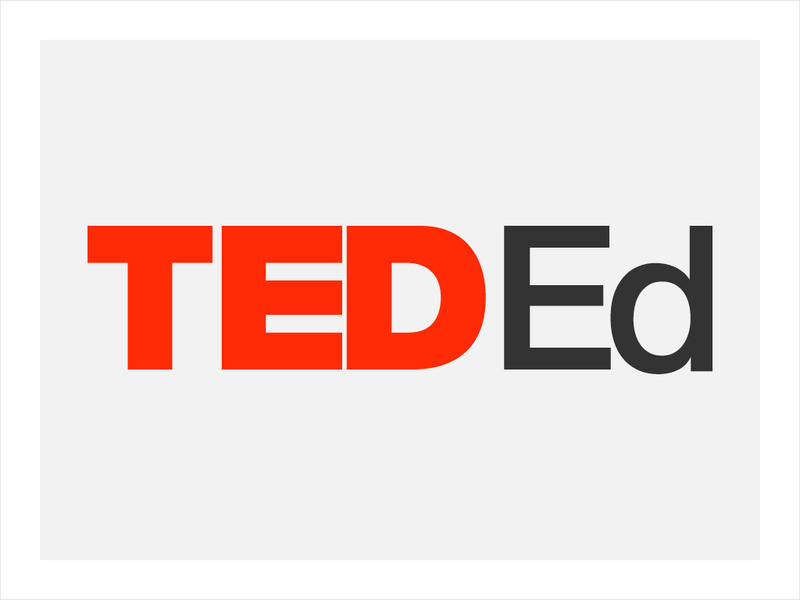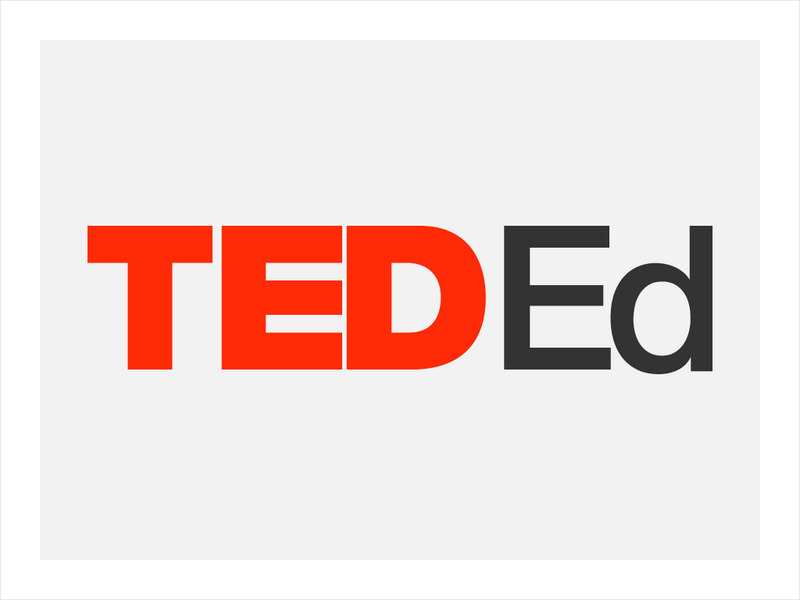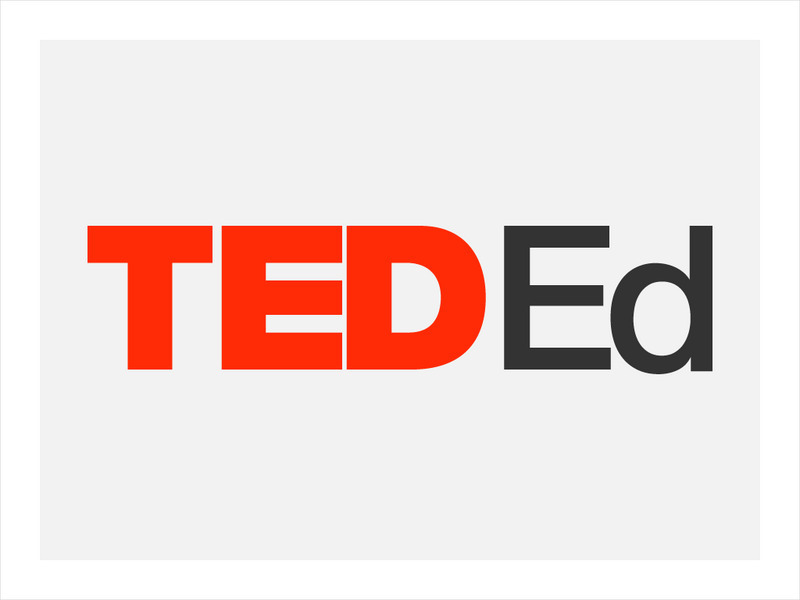TED Talks
Ted: Ted Ed: Einstein's Miracle Year
As the year 1905 began, Albert Einstein faced life as a "failed" academic. Yet within the next twelve months, he would publish four extraordinary papers, each on a different topic, that were destined to radically transform our...
TED Talks
Ted: Ted Ed: How to Create Cleaner Coal
It takes a lot of fuel to heat our homes, preserve our food, and power our gadgets. And for 40 percent of the world, cheap, plentiful coal gets the job done. But coal also releases pollutants into the air, causing environmental damage...
TED Talks
Ted: Ted Ed: The History of Tattoos
If you have a tattoo, you're part of a rich cultural history that dates back at least 8,000 years. Where did this practice of body modification come from, and how has its function changed over time? Addison Anderson tracks the history of...
TED Talks
Ted: Ted Ed: The History of the Barometer (And How It Works)
A barometer is an instrument that measures air pressure, allowing weather forecasters and scientists to better predict extreme weather events. Despite its incredible usefulness, inventing the barometer was no walk in the park. Asaf...
TED Talks
Ted: Ted Ed: Under the Hood: The Chemistry of Cars
There are over one billion cars in the world right now, getting people from point A to point B. But cars aren't just a mode of transportation; they also teach an excellent lesson in chemistry. Cynthia Chubbuck navigates the intricate...
TED Talks
Ted: Ted Ed: A Giant Bubble for Debate
How do you make a great public space inside a not-so-great building? Liz Diller shares the story of creating a welcoming, lighthearted addition to the Hirshhorn Museum in Washington, DC. [12:06]
TED Talks
Ted: Ted Ed: It's a Church. It's a Mosque. It's Hagia Sophia.
If walls could talk, Turkey's Hagia Sophia would have an abundance of stories to tell. Once a church, then a mosque, and now a museum, this world marvel has stood the test of time and war, surviving centuries of conquest by some of...
TED Talks
Ted: Ted Ed: Why Aren't We Only Using Solar Power?
Solar power is cheaper and more sustainable than our current coal-fueled power plants, so why haven't we made the switch? The real culprits here are the clouds, which make solar power difficult to control. Alexandros George Charalambides...
TED Talks
Ted: Ted Ed: Less Stuff, More Happiness
Writer and designer Graham Hill asks: Can having less stuff, in less room, lead to more happiness? He makes the case for taking up less space, and lays out three rules for editing your life. [5:50]
TED Talks
Ted: Ted Ed: What Is the World Wide Web?
The World Wide Web is used every day by millions of people for everything from checking the weather to sharing cat videos. But what is it exactly? Twila Camp describes this interconnected information system as a virtual city that...
TED Talks
Ted: Ted Ed: Making a Car for Blind Drivers
Using robotics, laser rangefinders, GPS and smart feedback tools, Dennis Hong is building a car for drivers who are blind. It's not a "self-driving" car, he's careful to note, but a car in which a non-sighted driver can determine speed,...
TED Talks
Ted: Ted Ed: Silk, the Ancient Material of the Future
Fiorenzo Omenetto shares 20+ astonishing new uses for silk, one of nature's most elegant materials- in transmitting light, improving sustainability, adding strength and making medical leaps and bounds. On stage, he shows a few intriguing...
TED Talks
Ted: Ted Ed: Why Is Glass Transparent?
If you look through your glasses, binoculars or a window, you see the world on the other side. How is it that something so solid can be so invisible? Mark Miodownik melts the scientific secret behind amorphous solids. [4:08]
TED Talks
Ted: Ted Ed: Animation Basics: The Art of Timing and Spacing
Expert timing and spacing is what separates a slide show from a truly amazing animation. TED-Ed demonstrates, by manipulating various bouncing balls, how the smallest adjustments from frame to frame can make all the difference. [6:42]
TED Talks
Ted: Ted Ed: Fellows in the Field: Skylar Tibbits
Skylar Tibbits and his team at MIT's Self Assembly Lab are working on materials to create 4-D printing. What exactly is 4-D printing? The Self Assembly Lab works to create physical objects that can self-construct from stored memory...
TED Talks
Ted: Ted Ed: High Altitude Wind Energy From Kites!
In this brief talk, Saul Griffith unveils the invention his new company Makani Power has been working on: giant kite turbines that create surprising amounts of clean, renewable energy. [5:22]
TED Talks
Ted: Ted Ed: Supercharged Motorcycle Design
Yves Behar and Forrest North unveil Mission One, a sleek, powerful electric motorcycle. They share slides from distant (yet similar) childhoods that show how collaboration kick-started their friendship- and shared dreams. [2:21]
TED Talks
Ted: Ted Ed: How Benjamin Button Got His Face
Ed Ulbrich, the digital-effects guru from Digital Domain, explains the Oscar-winning technology that allowed his team to digitally create the older versions of Brad Pitt's face for "The Curious Case of Benjamin Button." [18:04]
TED Talks
Ted: Ted Ed: The Game Layer on Top of the World
By now, we're used to letting Facebook and Twitter capture our social lives on the web- building a "social layer" on top of the real world. In his talk, Seth Priebatsch looks at the next layer in progress: the "game layer," a pervasive...
TED Talks
Ted: Ted Ed: Defining Cyberwarfare in Hopes of Preventing It
Can you imagine a future where wars are fought not with bombs and bullets but computer viruses and pacemaker shutdowns? Cyberware is unique in that it is not covered by existing legal framework and it often inspires more questions than...
TED Talks
Ted: Ted Ed: A Brief History of Video Games (Part I)
Video games are everywhere these days, but where did they actually come from? The history of video games is a complicated story that involves giant computers in science labs, the founder of Chuck E. Cheese and billions of dollars in...
TED Talks
Ted: Ted Ed: Mysteries of Vernacular: X Ray
The story of the word X-Ray is one of great thinkers. French philosopher Rene Descartes isolated the letters X, Y and Z to stand for unknowns, and centuries later, Wilhelm Rontgen discovered the X-ray, using the X for the unknown nature...
TED Talks
Ted: Ted Ed: The Shape Shifting Future of the Mobile Phone
Fabian Hemmert demos one future of the mobile phone- a shape-shifting and weight-shifting handset that "displays" information nonvisually, offering a delightfully intuitive way to communicate. [4:15]
TED Talks
Ted: Ted Ed: 4 Lessons From Robots About Being Human
The more that robots ingrain themselves into our everyday lives, the more we're forced to examine ourselves as people. Ken Goldberg shares four very human lessons that he's learned from working with robots. [17:10]





